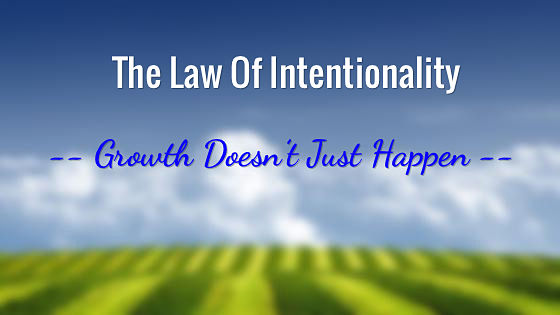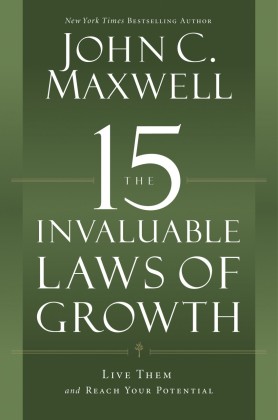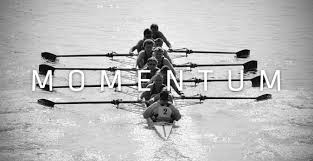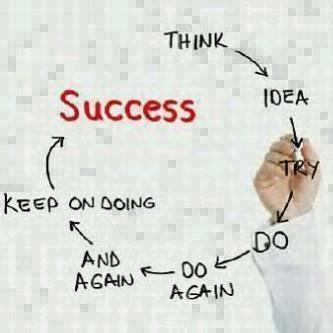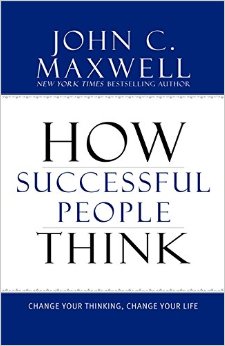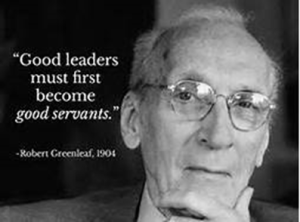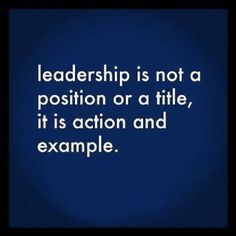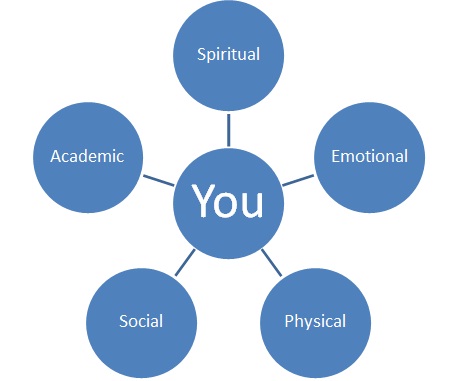How leaders can better communicate with their followers in today’s society.
What makes a leader? The answer to this age-old question is and will always be the same…their followers. Followers make leaders who they are. The relationship between leader and follower is a critical one that must be constantly cultivated and nourished in order for any mission or team to be successful.
It’s ironic that I am a leadership coach now because my first impression of the leadership upon reporting to my first unit in the Coast Guard was far from pleasant. There were a handful of other Coasties as I recall that didn’t accept the kind of behavior and ended their careers after their first enlistment in the Coast Guard due to the example this specific leader set.
Leadership by example is a common phrase heard in the military today. I believe it’s because so many young soldiers, sailors, Airmen and Coast Guardsmen are looking for someone to follow. Being a young sailor in the service, I had a Chief Petty Officer who wasn’t the quite the leader I was interested in following to say the least. Yet, all I heard growing up in the service was to go “Ask the Chief” if or when you needed help or wanted guidance. As if he was supposed to be this all-knowing leader. Asking this particular Chief was difficult enough because he barricaded himself up in his office fearing the task of having to engage with someone or actually have to lead someone. What was I to do when no one was communicating with me or really cared for me or wanted to help me? I remember asking myself “was this the service I joined and had to endure for the next four years”? Luckily, I found a mentor. He embodied the core values that were engrained in me from boot camp. This mentor was the type of leader I connected with and communicated with me in a way that I understood as well as motivated me to keep at it and continue to serve in this great organization. Fifteen years later and now a Chief Petty Officer myself, I know what it takes to be a leader and how to communicate with my followers.
Find a Bridge – Connecting yourself with your followers.
What do you think of when you see a bridge? What’s the purpose of it? I see a strong platform that connects both sides to each another. Each person crossing is able to make a smooth transition from either side without any challenge or fear of not getting across. As leaders, this concept is just as true when attempting to communicate with your followers. This analogy of connecting people is a critical skill that leader’s need to continue to build upon if they want to continue being able to communicate with their followers.
If I was to ask you “How do the most successful leaders communicate with their followers? Most of you would probably sarcastically say, “really well”. What if I told you that the most successful communicators strategically look for ways to communicate with their followers? They do this by connecting. To connect, they seek out a common ground between themselves and their followers.
I can imagine what you’re probably saying, “If it was only that simple”. But what if I told you it is and it can be?
Communicating can be complex. Author and leadership guru John C. Maxwell says it is “our job as leaders and communicators to bring clarity to a subject, not complexity”. However, I believe clarity requires depth. Author and leadership coach Terry Pearce says, “that without depth, clarity is sterile and inadequate to inspire change” Communicating can be a challenge regardless of the environment or situation you may find yourself in as a leader and/or follower, especially in today’s ever-changing culture where more people communicate via electronically than actually in person.
Where the challenge lies is being able to recognize and properly use the best style and approach to communicate with followers. However, communicating without connecting is a moot point. As a leader, you must properly use your skills to connect with your followers. And sometimes, that means coming down to their level. A successful leader does this by establishing the connection by finding the common ground between you and them in order to effectively communicate. However, finding connection requires both parties to be open and engaging with one other. This feature has been seen throughout history.
As a leader, you must value the skill of communicating in every area of your life. You must be intentional about developing your skills as you grow and move throughout your organization, regardless of the position you’re in. Being a leader doesn’t require a title or position. A lot of people have made this valuable mistake thinking they had to have the position or title in order to be a leader. Improving your skills as a communicator is critical if you want to be successful. In every situation, regardless of your position in the company is going to require you to know how to effectively communicate. Here are a few examples of some valuable skills I’ve learned to connect with my followers.
Engaging Others
When I was on active duty with the Coast Guard, I would receive regular emails from the Master Chief Petty Officer of the Coast Guard. He is the most senior enlisted member in the service. These emails were addressed to the entire Chief’s Mess, this group is comprised of all the Senior Enlisted leaders throughout the service. In his emails, he would always share with us important issues and updates that were impacting our service and where we as senior enlisted leaders should be focusing our efforts. At the end of every email, he would always end it with a challenge. These challenges influenced us to be better leaders and encouraged us to look out for shipmates in an effort to make a more effective workforce. I’ll never forget one of his challenges, which was so simple yet so powerful. He challenged us to engage with our followers by starting the first 10 minutes of every day talking to our followers. Instead of logging into your computers and getting sucked into the all the emails from the previous day, make an intentional effort to connect by walking around your office and talk to your members. Find out how they are doing, acknowledge them and let them know you care. This example of leadership was the bridge to connecting with our members and created a way for us to better communicate with them. As leaders, it’s easy to get focused on our duties and responsibilities for the day, but if we don’t connect with our team on a daily basis, how can we expect that bridge of communication to be have a two-way access and not just one-way?
Being Authentic
From the time I first entered the Coast Guard, the values of Honor, Respect, and Devotion to Duty were drilled into me. These values represent the Core Values of the United States Coast Guard. The Company Commanders at boot camp did a successful job at drilling these values into our young minds and why they were so important to our service.
These core values are defined below:
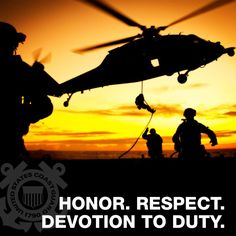
Honor
Integrity is our standard. We demonstrate uncompromising ethical conduct and moral behavior in all of our personal actions. We are loyal and accountable to the public trust.
Respect
We value our diverse work force. We treat each other with fairness, dignity, and compassion. We encourage individual opportunity and growth. We encourage creativity through empowerment. We work as a team.
Devotion to Duty
We are professional, military and civilian, who seek responsibility, accept accountability, and are committed to the successful achievement of our organizational goals. We exist to serve. We serve with pride.
You can’t just teach these values in a classroom. You have to create the environment for your followers to learn and adapt to these new values, which may very well be something they’ve never held close before. These values must be seen throughout your organization. An organization’s core values can’t just be something that’s posted on a wall or in a lobby…they have to be seen in each and every individual who is a part of that organization and in every action and decision. As members of the Coast Guard, we are always expected to display these values through our actions. We are always representing our organization, on and off duty. These values are a part of who we are, they become intertwined with our character.
As recruits, despite the stressful environment we were all in. There was an underlying purpose in why we were enduring the rigorous training we all signed up for. They were creating the environment to communicate these core values. They were preparing us to learn and accept them. Boot camp was by no means easy. It was very challenging. You have to understand, we feared our Company Commanders. There was one in particular that you never wanted to be cross paths with, even if you weren’t doing anything wrong. He always looked for opportunities to teach you a lesson or make you do push-ups. Even though it seemed the latter happened more often than learning a valuable lesson. However, I’ll never forget the time when he had all of us take a knee, he took his cover off and he was transparent with us for a few brief minutes. It was like he was a real human being for once and not this superior man with a loud voice. He came down to our level and communicated with us in a very real way. He told us the expectations of the service and why it was important we take all of these principles seriously and why they were important to our organization. He shared with us his “why” and why he chose to become a company commander. He shared with us what our Core Values meant to him.
David Pottruck, President and CEO of the Charles Schwab Corporation states, “it is the leader’s responsibility to personally engage”. It is this personal engagement that will inspire commitment and action to change. Coming down to your follower’s level invites them into the conversation. Through this action, you empower your followers to become an active member of the team, which in turn, creates the team dynamic you need as a leader. Personally engaging others may be uncomfortable for some leaders in the chain of command, but it forces you to come out of your comfort zone. This is a common place I’ve seen a lot of leaders get stuck at in their careers. But this is the difference between successful and unsuccessful leaders. Successful leaders know the value of their followers and continue building and developing the bridge that closes the gap between them and their followers.
From a Biblical perspective, Jesus was a master bridge builder when it came to leveraging his abilities to stop and connect with his followers. He embodied this common ground approach and adapted himself to the very nature or specific situation of those he encountered. He found the common ground, regardless of what it was. For example, what did Jesus do after he told Levi to “Follow me” in Mark 2:14? He went and had dinner at his house with a bunch of his friends who were also “tax collectors and sinners” like Levi and His response when questioned was “It is not the healthy who need a doctor, but the sick. I have not come to all the righteous, but sinners” (Mark 2:17). To connect with others, sometimes, you have to surround yourself with the group you’re trying to connect with the most.
 John Mullins is a certified Leadership Development Coach, speaker and trainer with the John Maxwell Team. Working with this of group speakers, trainers and coaches and being mentored by John Maxwell himself, John has learned the value of leadership. John is a Chief Petty Officer in the United States Coast Guard Reserve. He has served in many leadership roles, which has taken him across the world working with multiple agencies and other military organizations. He values leadership and enjoys helping others develop themselves and their organizations. John is currently completing his Masters of Arts degree in Organizational Leadership in Coaching and Mentoring at Regent University in Virginia Beach, VA. John currently lives in Washington, DC and attends DC Metro Church in Alexandria, VA.
John Mullins is a certified Leadership Development Coach, speaker and trainer with the John Maxwell Team. Working with this of group speakers, trainers and coaches and being mentored by John Maxwell himself, John has learned the value of leadership. John is a Chief Petty Officer in the United States Coast Guard Reserve. He has served in many leadership roles, which has taken him across the world working with multiple agencies and other military organizations. He values leadership and enjoys helping others develop themselves and their organizations. John is currently completing his Masters of Arts degree in Organizational Leadership in Coaching and Mentoring at Regent University in Virginia Beach, VA. John currently lives in Washington, DC and attends DC Metro Church in Alexandria, VA.

